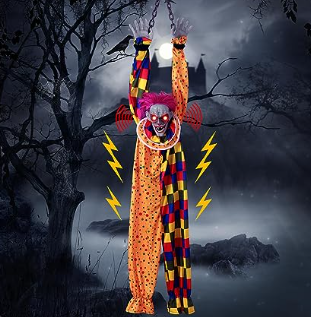Halloween Traditions Around the World
Halloween has become a global phenomenon, but how it's celebrated looks different across cultures. While it originated from ancient Celtic rituals in areas now known as the UK and Northern France, Halloween customs have spread and evolved across the globe over the centuries. The diversity of Halloween traditions around the world showcases humanity's creative spirit.
Ancient Origins in Ireland, Scotland and Wales
Halloween traces back over 2,000 years ago to the ancient Celtic festival of Samhain, celebrated in areas now known as Ireland, Scotland and Wales. The Celts ushered in their new year on November 1st with rituals believed to bridge the gap between the living and the spirit world. Escaping ghosts were thought to cause damage if not appeased. To protect themselves, the Celts lit massive bonfires, wore frightening costumes and made offerings of food and drink to Celtic deities.
When Catholic traditions blended with the ancient Celtic festival, All Hallows’ Eve became a night of vigils and prayers. But the pagan and Christian customs continued to blend over time, laying the foundation for how Halloween would evolve as it spread across the globe.
How Mexico Celebrates Día de los Muertos
One of the most widely-recognized Halloween celebrations today is Mexico's Día de los Muertos, or Day of the Dead. Rather than instill fear, this holiday revolves around remembering and honoring deceased loved ones. Families build ofrendas, offerings of photos, flowers, food and drinks, for the spirits. They also visit gravesites for reunions, cleaning and decorating the graves.
Many celebrants don skeletal face paint and masks for parades and street festivals, a practice dating back to indigenous Aztec harvest rituals. The festive atmosphere provides a celebration of both life and death.
Spooky Festivities in Czechia and Slovakia
For Czechs and Slovaks, the days between October 31st and November 2nd carry important meaning. October 31st is designated as Halloween. November 1st, known as All Saints Day, is a solemn day to honor the deceased. The following day, All Souls Day, is for celebrating and indulging.
A signature Halloween tradition is sweets and soul cakes given to costumed children in exchange for prayers said for lost souls. Homes, gravesites and churches are adorned with flowers, candles and wreaths for the days of remembrance.
Japan's Obon Festival Spookiness
In Japan, the Obon festival is a time when spirits of deceased family members are believed to return home to their families. Held in mid-August, Obon includes graveyard visits and dancing to welcome back and then send off departed souls.
Halloween's rising popularity in Japan has blended with Obon traditions for a seasonal celebration called Obon Halloween. Spooky costumes, pumpkins and parties coincide with ceremonies honoring the dead. The fusion highlights how Halloween adapts to cultures and customs across the globe.
Finding Community through Halloween
For cultures and countries that have adopted Halloween, the holiday represents regional fall harvest festivals and community traditions coming together. The parties, costumes, candy and Pumpkin-carving that typify modern Halloween provide a unifying force for having fun while finding meaning and remembrance. By adapting Halloween to cultural beliefs around the world, communities past and present can share this special time.



